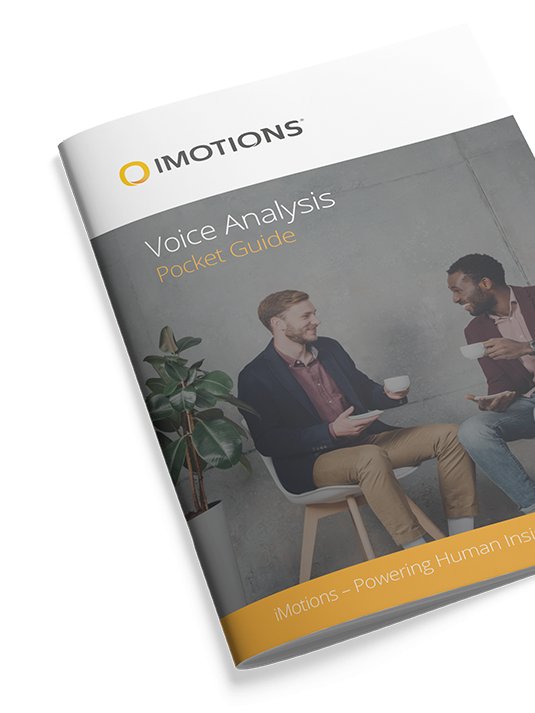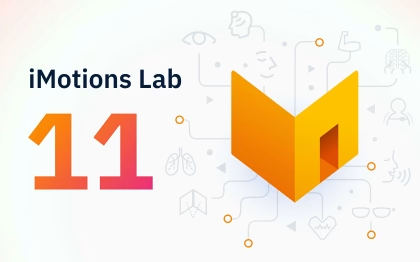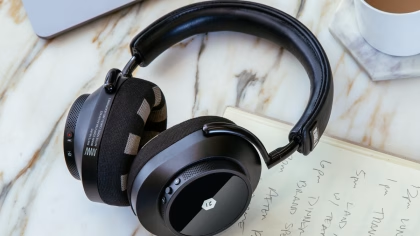Master the art of the qualitative research interview with this comprehensive guide. Learn how to structure interviews-whether structured, semi-structured, or unstructured-while exploring best practices for crafting questions, analyzing data, and creating a comfortable environment for participants. Perfect for researchers seeking in-depth insights and data validation.
Table of Contents
- How to Perform a Qualitative Research Interview: Expert Tips and Strategies
- What Is a Qualitative Research Interview?
- Choosing the Right Structure for Your Qualitative Interview
- Voice analysis in qualitative research interviews
- Free 22-page Voice Analysis Guide
How to Perform a Qualitative Research Interview: Expert Tips and Strategies
Qualitative research interviews are an invaluable tool for uncovering the nuanced perspectives, experiences, and opinions of participants. Whether you’re a seasoned researcher or just starting, mastering the art of qualitative interviews can provide you with insights that are not only rich in detail but also crucial for validating data and achieving meaningful results.
In this article, we’ll explore how to conduct qualitative interviews, select the right structure, and consider critical elements to ensure success. By the end, you’ll have a clear roadmap for conducting interviews that yield valuable, actionable information.

What Is a Qualitative Research Interview?
A qualitative research interview is a dynamic and open-ended process that allows researchers to delve deeply into participants’ thoughts, experiences, and perspectives. Unlike quantitative methods that focus on numerical data, qualitative interviews embrace the richness of human behavior by encouraging detailed, descriptive responses.
From uncovering personal stories to understanding societal trends, qualitative interviews are a go-to method for researchers in fields such as psychology, sociology, education, and market research.
Benefits of Conducting Qualitative Research Interviews
Qualitative interviews offer several advantages:
- In-depth Understanding: They provide detailed insights into participants’ experiences and viewpoints.
- Flexibility: Open-ended questions allow the researcher to follow intriguing leads.
- Rich Data: Responses are often descriptive and contextually rich, making them ideal for exploring complex topics.
- Data Validation: Interviews can be used alongside other methods to validate findings.
These benefits make qualitative interviews an indispensable tool for researchers looking to go beyond surface-level data.
Choosing the Right Structure for Your Qualitative Interview
Selecting the appropriate interview structure is vital to the success of your research. Below, we outline three primary types of qualitative interviews, each with its own strengths and challenges.
Structured Interviews
Definition: Structured interviews follow a predetermined set of questions in a fixed order. They are ideal for gathering standardized data across a large number of participants.
- Strengths:
- Easy to compare and analyze responses.
- Ideal for large-scale studies.
- Weaknesses:
- Limited flexibility for exploring unexpected topics.
- May miss nuanced insights.
Best Use: Use structured interviews for follow-ups after data collection sessions to obtain specific, comparable responses.
Semi-Structured Interviews
Definition: These interviews have a pre-planned set of questions but allow for flexibility to explore interesting responses or delve deeper into certain topics.
- Strengths:
- Balance between structure and spontaneity.
- Suitable for collecting detailed, rich data.
- Weaknesses:
- Time-consuming to conduct and analyze.
- May not be feasible for large sample sizes.
Best Use: Ideal for medium-scale research projects where you need both consistency and depth.
Unstructured Interviews
Definition: Unstructured interviews are the most flexible, with no predetermined questions or format. Researchers follow the flow of the conversation and participants’ responses.
- Strengths:
- Encourages detailed, spontaneous responses.
- Allows researchers to explore unexpected topics.
- Weaknesses:
- Difficult to analyze due to varying responses.
- Time-intensive and challenging to standardize.
Best Use: Use unstructured interviews for exploratory research where understanding individual experiences is paramount.
Key Considerations When Conducting a Qualitative Interview
1. Selecting the Right Participants
Participants should represent the population you are studying. Ensure diversity and relevance to the research topic.
2. Ethical Conduct
Respect participant confidentiality and obtain informed consent. Create a safe and comfortable environment.
3. Crafting Effective Questions
- Use open-ended questions to encourage detailed responses.
- Avoid leading or biased questions.
- Allow participants to elaborate on their answers.
4. Role of the Interviewer
The interviewer must build trust and rapport, remain neutral, and actively listen. An empathetic yet objective approach can make participants feel valued and more likely to share authentic responses.
Analyzing and Interpreting Qualitative Data
Qualitative data is complex and multi-layered, often requiring careful analysis. Here are some best practices:
- Coding: Organize data into themes or categories.
- Validation: Cross-check findings with other methods or additional interviews.
- Interpretation: Consider the context and nuances in participants’ responses.
Best Practices for Successful Qualitative Research Interviews
Flexibility: Be ready to adapt and explore new topics that arise.
Preparation: Plan questions and review study objectives.
Environment: Conduct interviews in a quiet, comfortable space.
Active Listening: Pay attention to verbal and non-verbal cues.

Qualitative Research Interviews as a data validation tool
It is considered good practice to always back up your data and findings. Especially when you conduct human behavior research. At iMotions, we always encourage our users to add as many layers to data collection as possible. Be it several layers of data collection modalities, such as eye tracking, EEG, EDA/GSR, or questionnaires or interviews, no single methodology or modularity should stand alone as the definitive source of answers.
A qualitative interview can be a great tool with which to validate data after a data collection session, in case something needs to be clarified, or simply to record how participants remembered their experience during the session/reacted to it, and so on.
If applied correctly, and structured in a way that is conducive to the research question, a qualitative research interview can easily be the final piece of the puzzle that makes your data make sense, align the data with your research question, or simply the element that validates your study scientifically. Wherever you might choose to implement it, it is one of the most valuable validation tools you have available as a human behavior researcher.
Qualitative research interviews can be an integral part of a study setup. If you want to get a broader perspective on how and where it might fit in when designing your study, you can download our experimental design guide for free here, for an in-depth rundown of everything you need to know when designing studies.
Voice analysis in qualitative research interviews
Voice analysis is a valuable tool when post-processing a qualitative research interview. It offers an additional layer of insight beyond traditional transcription and thematic analysis that can unlock new and valuable aspects of an interview. By examining vocal cues, discourse, and valence, researchers can gain a deeper understanding of participants’ emotions, attitudes, and intentions.
This analysis can unveil subtle nuances that might be missed in text alone, enriching the qualitative data and providing a more comprehensive picture of participants’ experiences and perspectives. Moreover, voice analysis can aid in identifying emotional responses, hesitation, or contradictions within participants’ narratives, thereby contributing to the rigor and validity of qualitative research findings.
Integrating voice analysis into qualitative interviews exemplifies the interdisciplinary potential of research methodologies, enhancing the depth and richness of qualitative data interpretation.
Free 22-page Voice Analysis Guide
For Beginners and Intermediates
- Get a thorough understanding of the essentials
- Valuable Voice Analysis research insight
- Learn how to take your research to the next level












